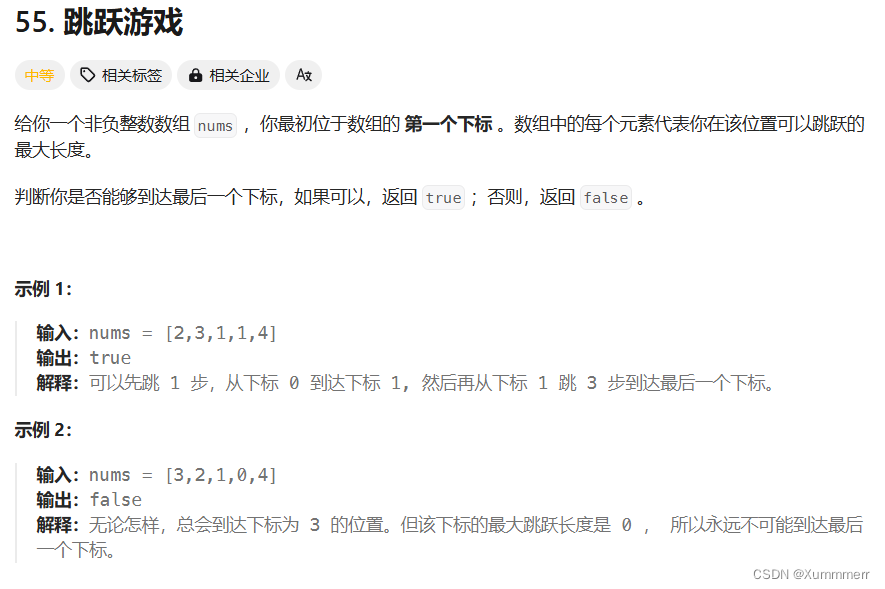前端模块化前端模块化CommonJS、AMD、CMD、ES6_commonjs amd cmd es6模块化-CSDN博客
ES6:
<script type="module" src="main.js"></script>
//默认导出
export default function(ctx) {
...
}
-----------------------------------
//模块命名
// inside module.js
export { function1 as newFunctionName, function2 as anotherNewFunctionName };
// inside main.js
import { newFunctionName, anotherNewFunctionName } from "/modules/module.js";
-------------------------------------------------------------------------------
//全部引入
import * as Module from "/modules/module.js";
Module.function1();
Module.function2();
-------------------------------------------------------------------------------
//动态加载模块,返回一个promise
squareBtn.addEventListener("click", () => {
import("/js-examples/modules/dynamic-module-imports/modules/square.js").then(
(Module) => {
let square1 = new Module.Square(
myCanvas.ctx,
myCanvas.listId,
50,
50,
100,
"blue",
);
square1.draw();
square1.reportArea();
square1.reportPerimeter();
},
);
});
数字和日期(用时参考数字和日期 - JavaScript | MDN)
字符串对象
const firstString = "2 + 2"; //创建一个字符串字面量
const secondString = new String("2 + 2"); // 创建一个字符串对象
eval(firstString); // 返回数字 4
eval(secondString); // 返回包含 "2 + 2" 的字符串对象
--------------------------------------------------------------------
//String 对象有一个属性 length,标识了字符串中 UTF-16 的码点个数。
//通过数组的方式访问每一个码点,但你不能修改每个字符,因为字符串是不变的类数组对象
const hello = "Hello, World!";
const helloLength = hello.length;
hello[0] = "L"; // 无效,因为字符串是不变的
hello[0]; // 返回 "H"
常见方法
正则表达式
var reg = /正则表达式/修饰符;
修饰符:
- i: ignoreCase, 匹配忽视大小写
- m: multiline , 多行匹配
- g: global , 全局匹配

| [] | var reg = /[abc]/;//匹配abc任意一个字符 |
| ^ | var reg1 = /[^abc]/;//匹配abc之外的字符 |
| var reg = /^abc/;//匹配以abc开头的字符 | |
| $ | var reg = /abc$/;//匹配以abc结尾的字符 |
| . | 匹配除换行符以外的任意字符 |
| \w | 匹配字母或数字或下划线或汉字 |
| \s | 匹配任意的空白符 |
| \d | 匹配数字 |
| \b | 匹配单词的开始或结束 |
字符次数匹配
或运算符a (dog|cat) =>a dog/a cat
字符类[a-z] [^a-z]
元字符 \d数字 ^ $
<.+?>


数组
const wisenArray = Array.of(9.3); // wisenArray 只包含一个元素:9.3
const arr = Array(9.3); // RangeError: Invalid array length
-------------------------------------------------------------------
const arr = [];
arr[3.4] = "Oranges";
console.log(arr.length); // 0
console.log(Object.hasOwn(arr, 3.4)); // true
遍历数组
由于 JavaScript 元素被保存为标准对象属性,因此不建议使用 for...in 循环遍历 JavaScript 数组,因为普通元素和所有可枚举属性都将被列出。
//for
const colors = ["red", "green", "blue"];
for (let i = 0; i < colors.length; i++) {
console.log(colors[i]);
}
--------------------------------------------
//foreach
const colors = ["red", "green", "blue"];
colors.forEach((color) => console.log(color));
| 常见方法 | |
| concat() | |
| join() | |
| push()最后 unshift()第一 | |
| pop()最后 shift()第一 | |
| slice() | |
| at() | |
| reverse() | |
| flat() | |
| splice() | JavaScript中的splice方法_splice jds-CSDN博客 |
| sort() | const sortFn = (a, b) => {
|
| indexof()/lastIndexof() | const a = ["a", "b", "a", "b", "a"]; // 再试一次,这次从最后一次匹配之后开始 |
| foreach() | 方法对数组中的每个元素执行 |
| map() | 方法返回由每个数组元素上执行 |
| flatMap() map()+flat() | |
| filter() | 方法返回一个新数组,其中包含 |
| find() findLast() findIndex() findLastIndex() | 方法返回 方法返回 方法返回 方法返回 |
| every() some() |
|
| reduce() |
|
- 接受回调的
forEach方法(以及下面的其他方法)被称为迭代方法,因为它们以某种方式遍历整个数组。每个都接受第二个可选的参数thisArg。如果提供,thisArg将成为回调函数体中this关键字的值。如果没有提供,就像在明确的对象上下文之外被调用一样,当函数在严格模式下时,this是undefined,当函数在非严格模式下时,this将引用全局对象(window、globalThis 等。)。
稀疏数组
数组迭代器 属性迭代
//创建
// Array 构造函数:
const a = Array(5); // [ <5 empty items> ]
// 数组字面量中的连续逗号:
const b = [1, 2, , , 5]; // [ 1, 2, <2 empty items>, 5 ]
// 直接给大于 array.length 的索引设置值以形成空槽:
const c = [1, 2];
c[4] = 5; // [ 1, 2, <2 empty items>, 5 ]
// 通过直接设置 .length 拉长一个数组:
const d = [1, 2];
d.length = 5; // [ 1, 2, <3 empty items> ]
// 删除一个元素:
const e = [1, 2, 3, 4, 5];
delete e[2]; // [ 1, 2, <1 empty item>, 4, 5 ]
--------------------------------------------------------------------------
//在某些操作中,空槽的行为就像它们被填入了 undefined 那样
const arr = [1, 2, , , 5]; // 创建一个稀疏数组
// 通过索引访问
console.log(arr[2]); // undefined
// For...of
for (const i of arr) {
console.log(i);
}
// 输出:1 2 undefined undefined 5
// 展开运算
const another = [...arr]; // "another" 为 [ 1, 2, undefined, undefined, 5 ]
------------------------------------------------------------------------------
//在其他方法,特别是数组迭代方法时,空槽是被跳过的
const mapped = arr.map((i) => i + 1); // [ 2, 3, <2 empty items>, 6 ]
arr.forEach((i) => console.log(i)); // 1 2 5
const filtered = arr.filter(() => true); // [ 1, 2, 5 ]
const hasFalsy = arr.some((k) => !k); // false
// 属性迭代
const keys = Object.keys(arr); // [ '0', '1', '4' ]
for (const key in arr) {
console.log(key);
}
// 输出:'0' '1' '4'
// 在对象中使用展开,使用属性枚举,而不是数组的迭代器
const objectSpread = { ...arr }; // { '0': 1, '1': 2, '4': 5 }
类数组对象
一些 JavaScript 对象,如 document.getElementsByTagName() 返回的 NodeList 或 arguments 等 JavaScript 对象,有与数组相似的行为,但它们并不共享数组的所有方法。
arguments对象提供了 length 属性,但没有实现如 forEach() 等数组方法。
function printArguments() {
arguments.forEach((item) => {
console.log(item);
}); // TypeError: arguments.forEach is not a function
}
--------------------------------------------------------------
function printArguments() {
Array.prototype.forEach.call(arguments, (item) => {
console.log(item);
});
}
使用数组存储其他属性
一个数组作为字符串和正则表达式的匹配结果时,数组将会返回相关匹配信息的属性和元素
const arr = [1, 2, 3];
arr.property = "value";
console.log(arr.property); // "value"

![[AIGC] 详解Mockito - 简单易学的Java单元测试框架](https://img-blog.csdnimg.cn/img_convert/9006239c81011c103d3f8fdd51bdd324.jpeg)
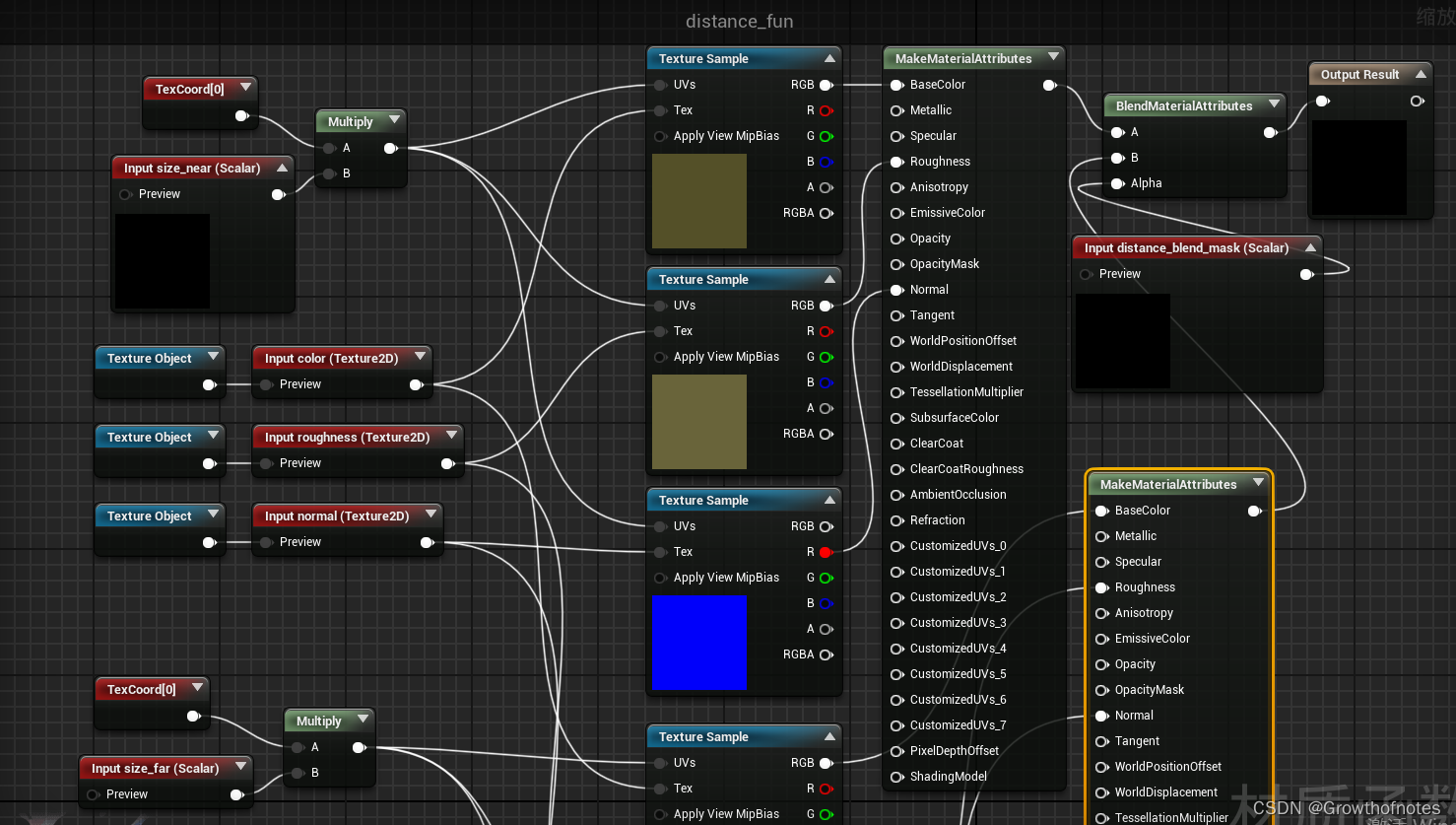

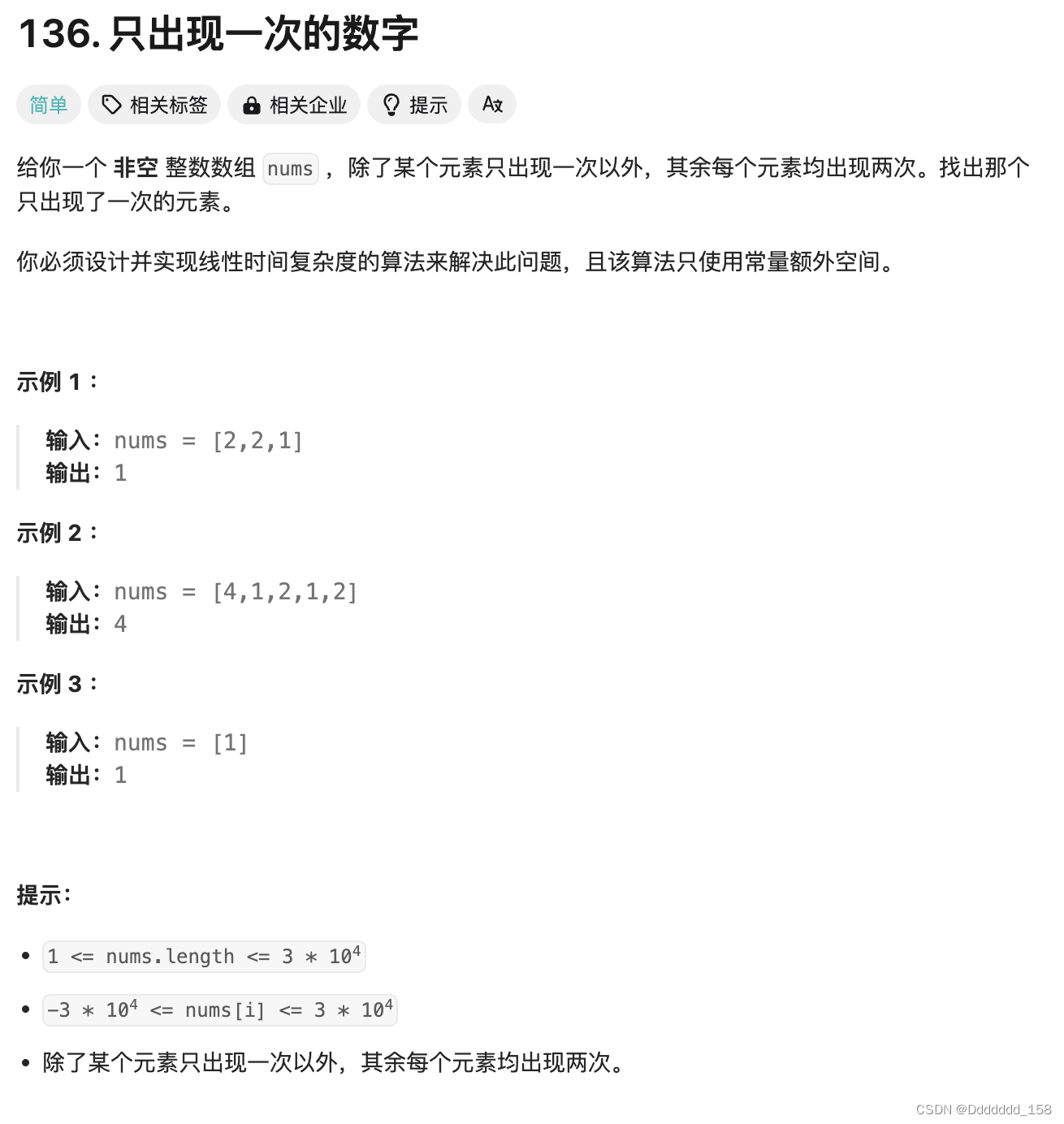





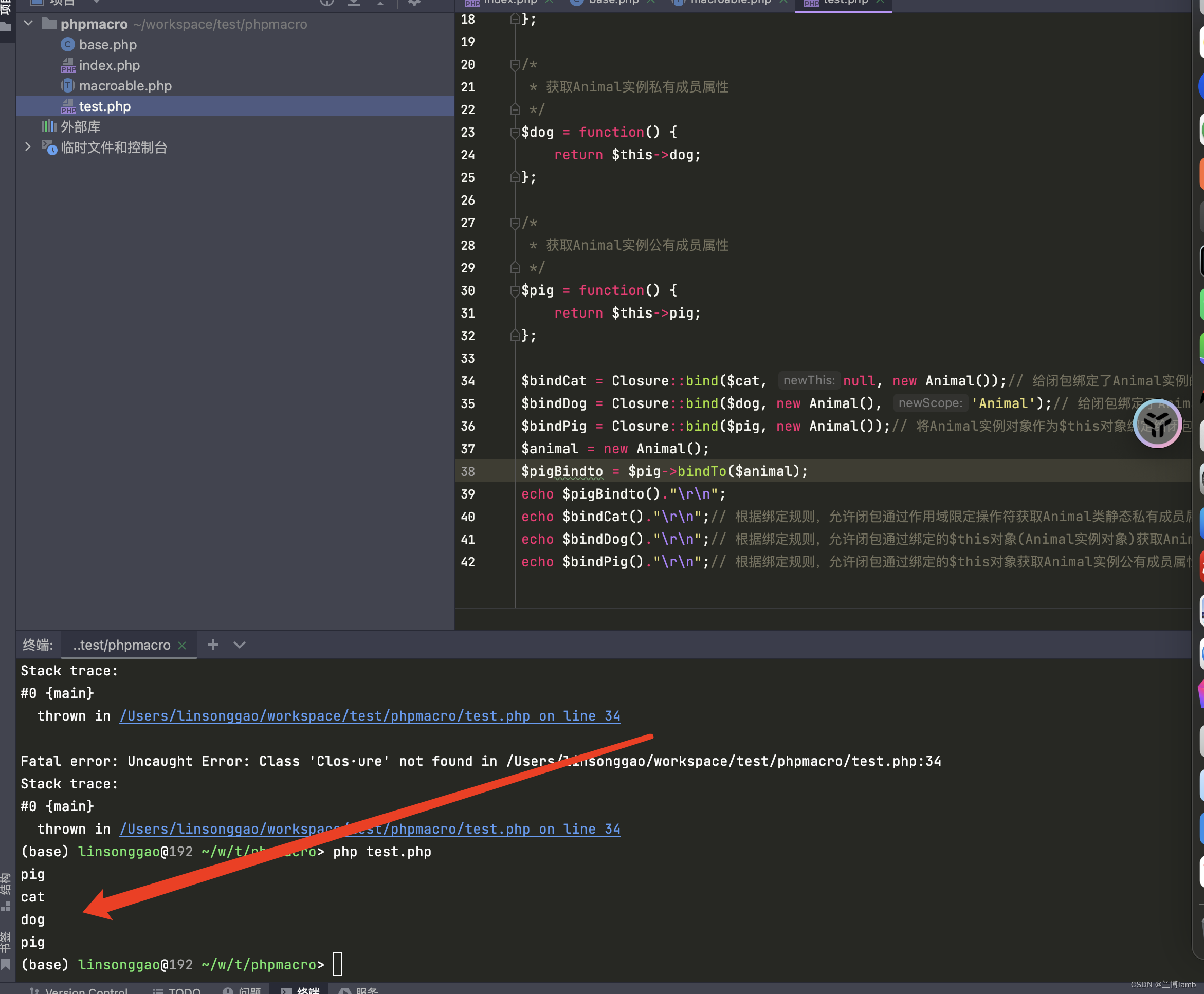
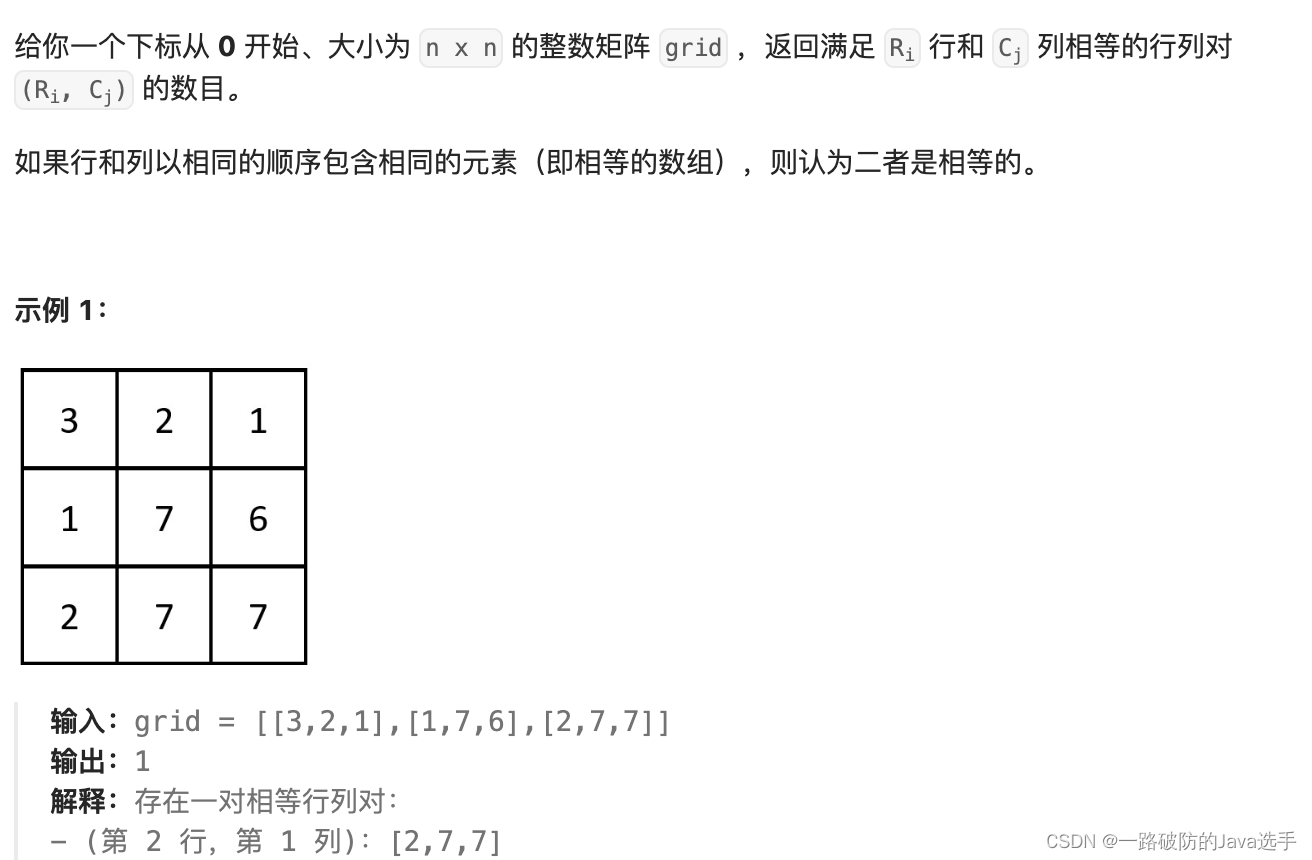
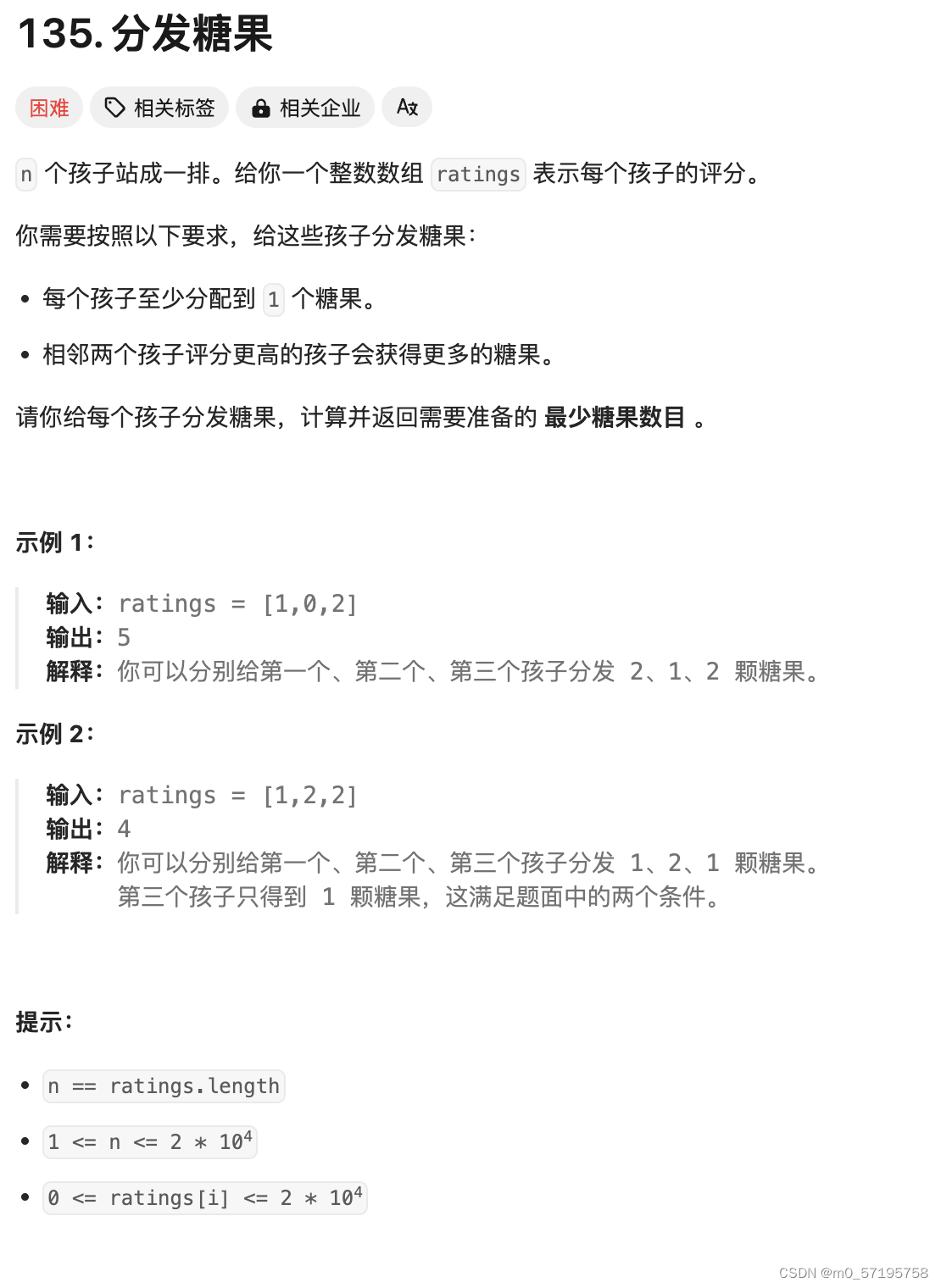





![[Algorithm][动态规划][两个数组的DP][正则表达式匹配][交错字符串][两个字符串的最小ASCII删除和][最长重复子数组]详细讲解](https://img-blog.csdnimg.cn/direct/af50d255cb5542dfa0d3521ff3696584.png)
